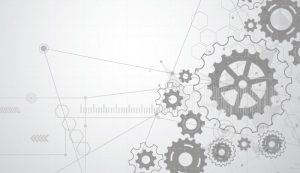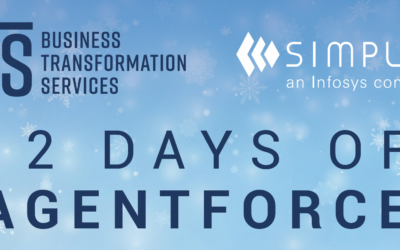The connecting of technologies known as Manufacturing or ‘Industry’ 4.0, involves digitizing systems, processes, and machines and is rapidly changing how businesses operate and revolutionizing the customer experience.
As the manufacturing 4.0 revolution transforms the physical end-to-end operations of shop floors, the software side is too often relegated to ‘afterthought.’
That’s a massive lost opportunity, and the consensus is that the next two years will be critical for leaders to ensure they have a complete ‘digital thread’ connecting the operating technology with the information technology across their organizations – creating the OT and IT power partnership.
The adoption of physical technology is gathering pace, but we still see operations where data is manual, siloed, and locked up in Excel spreadsheets. As a result, it’s hard to trust and leads to rework and lost revenues.
The customer and operational data that lives and breathes in business should be creating a myriad of feedback loops. When we see CRM and Quote to Cash systems come into play like Salesforce CPQ and Salesforce CRM, It allows you to not only to operate so much more efficiently for your team and your customers, it sets you up to drive previously unimagined insights through artificial intelligence (AI) and Machine Learning. Forward-thinking manufacturing leaders are moving fast in this space, and they are looking to consolidate the platforms and systems that can bring this all into one place and be available on any device at any time
Netflix shows the transformative power of data analytics.
Most of you will know that the success story of Netflix is only partly based on its ‘product,’ filmed entertainment, and high-tech streaming service. The game-changing part of its business was the relentless analysis of its data through AI and machine learning, all in real-time.
The Netflix recommendation engine – if you watched A, you might like B – is the most famous part of its data operations. But the company continued to build on that, using AI personalization learnings to discover precisely what kind of shows would be most likely to hook its customers. It took that information to very quickly build its business from being a mere distributor of products manufactured by others to becoming a producer of its own hit movies and series.
The disruptive superstar Netflix used customer data to change the way we consume filmed entertainment – how could you use data to change the way you manufacture, and maybe even what you manufacture?
The digital thread can help you visualize the potential of connecting the shop floor and the office.
“What you had back 20 or 30 years ago is very siloed groups of people all working around trying to make a system function,” explains Mark Cotteleer, director of Deloitte’s Center for Integrated Research in the United States. “What the digital thread is doing is stitching all those together … you [are] pushing information forward so everybody knows what just happened but you’re also creating a situation where you get feedback. The people who are upstream … have an opportunity to know what happens at later stages, maybe in actual product use, and to pull that information back, to feed that information back in a way that lets them get better, faster…”
A revolutionized shop floor is only made part of a company’s digital journey if legacy programs are still in place for sales and administration teams.
Digital must be operating at every touchpoint of your transformation. It’s known as the physical-digital-physical (PDP) loop.
An October 2018 feature from Deloitte Insights describes it succinctly: “In the first stage, physical-to-digital, information is captured from the physical world to create a digital record. That data is then analyzed in the digital-to-digital stage to draw meaningful insights. In the final stage, digital-to-physical, those insights spur action and change in the physical world. The result is a more flexible system capable of adapting to and learning from changes in the environment.”
Digitization of your office operations is a critical part of your industry 4.0 transformation. Simplus industry experts can share our experiences and guide you on how to get moving on this today.















0 Comments